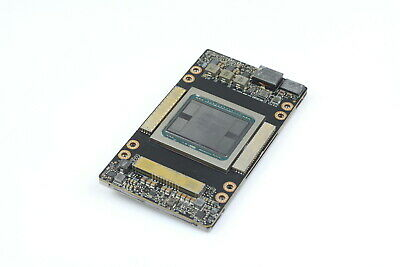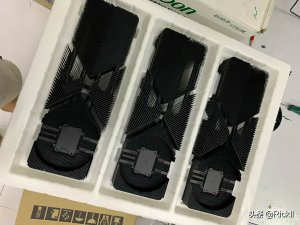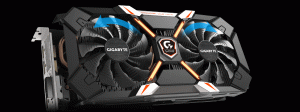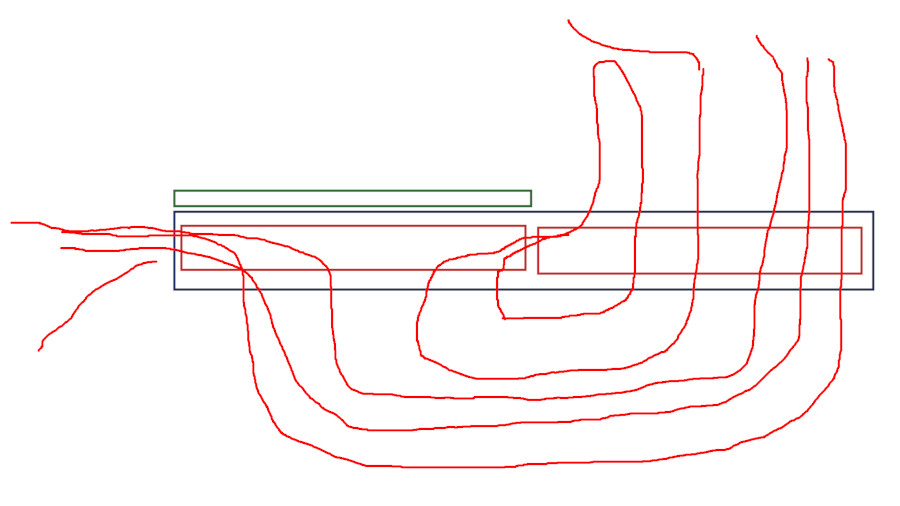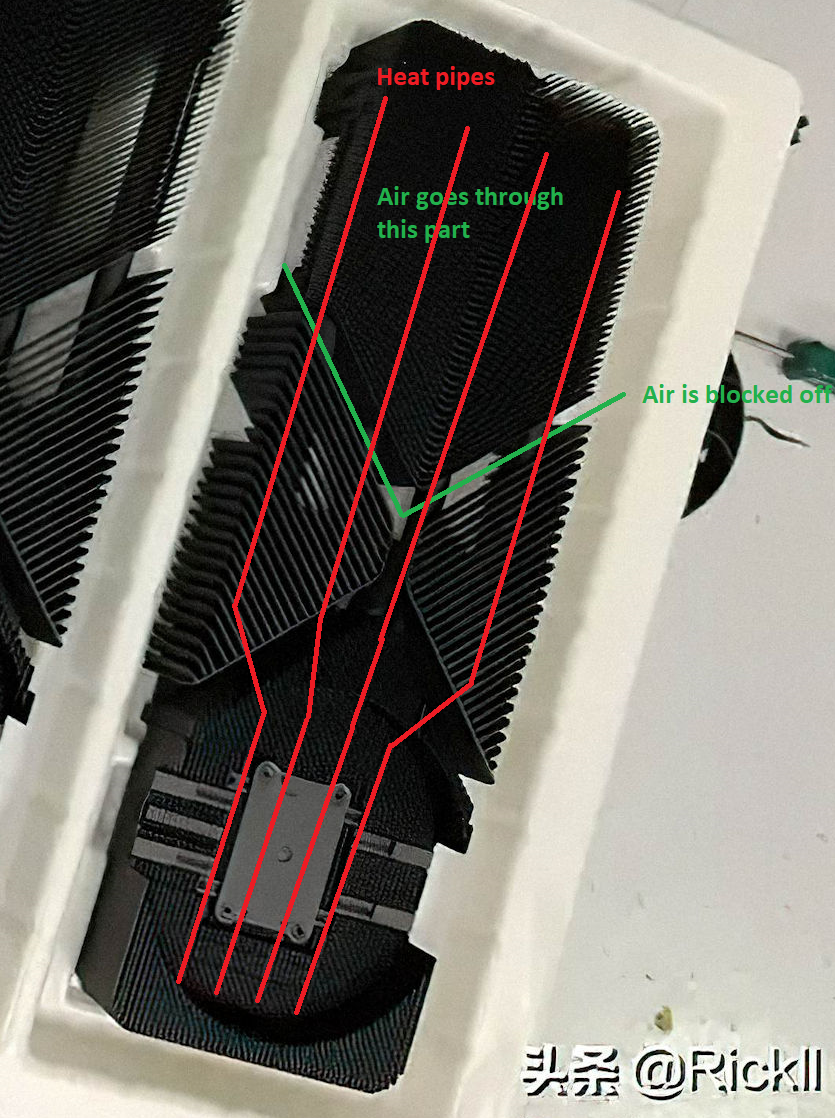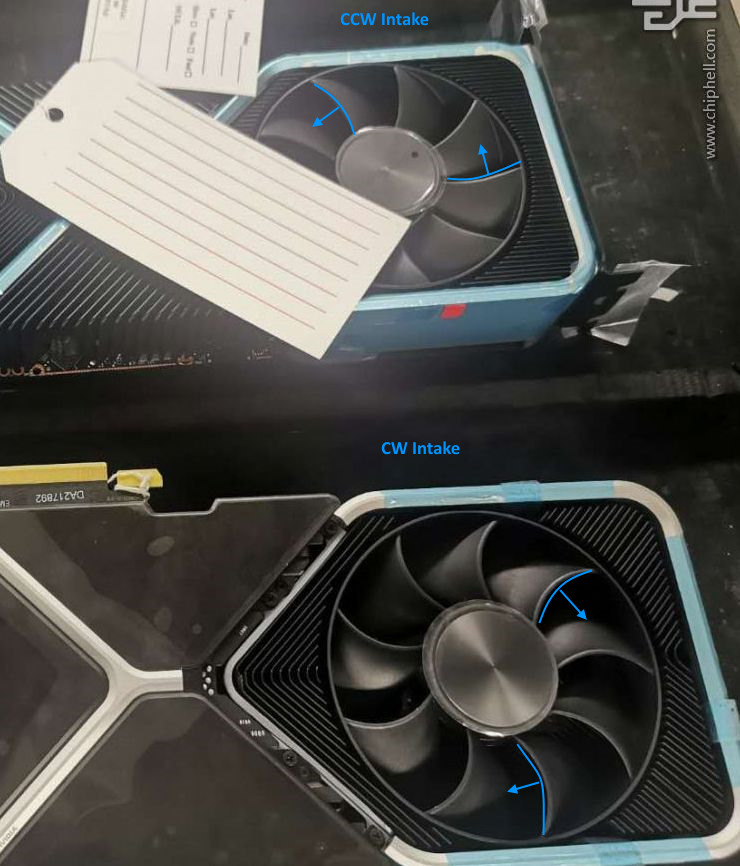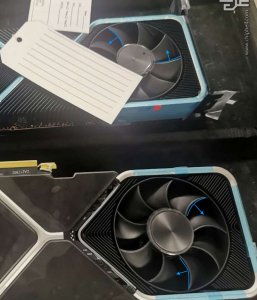That's a great picture. Yeah, an edge connector would be simplest and allow it to lay flat. Could even have standardized mounting in the case so it can't flex as much.
Would need a new connector spec to support the weight. CPU socket mounts are way sturdier than PCIe slots.
![[H]ard|Forum](/styles/hardforum/xenforo/logo_dark.png)

